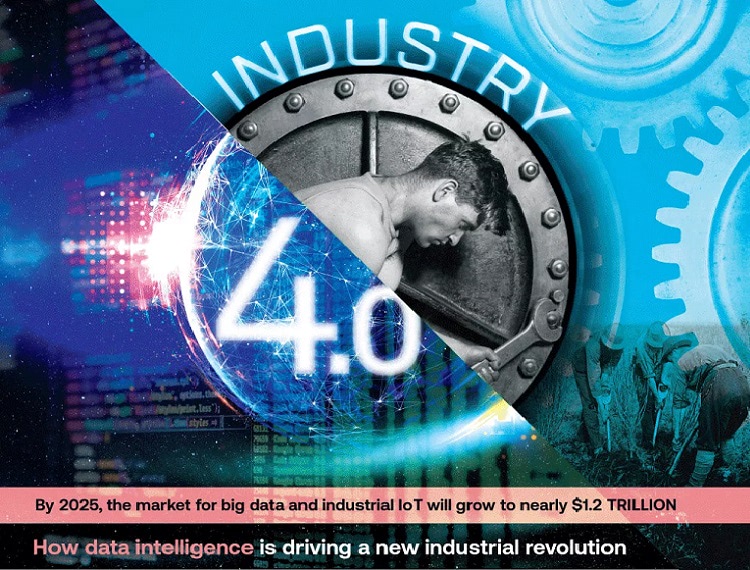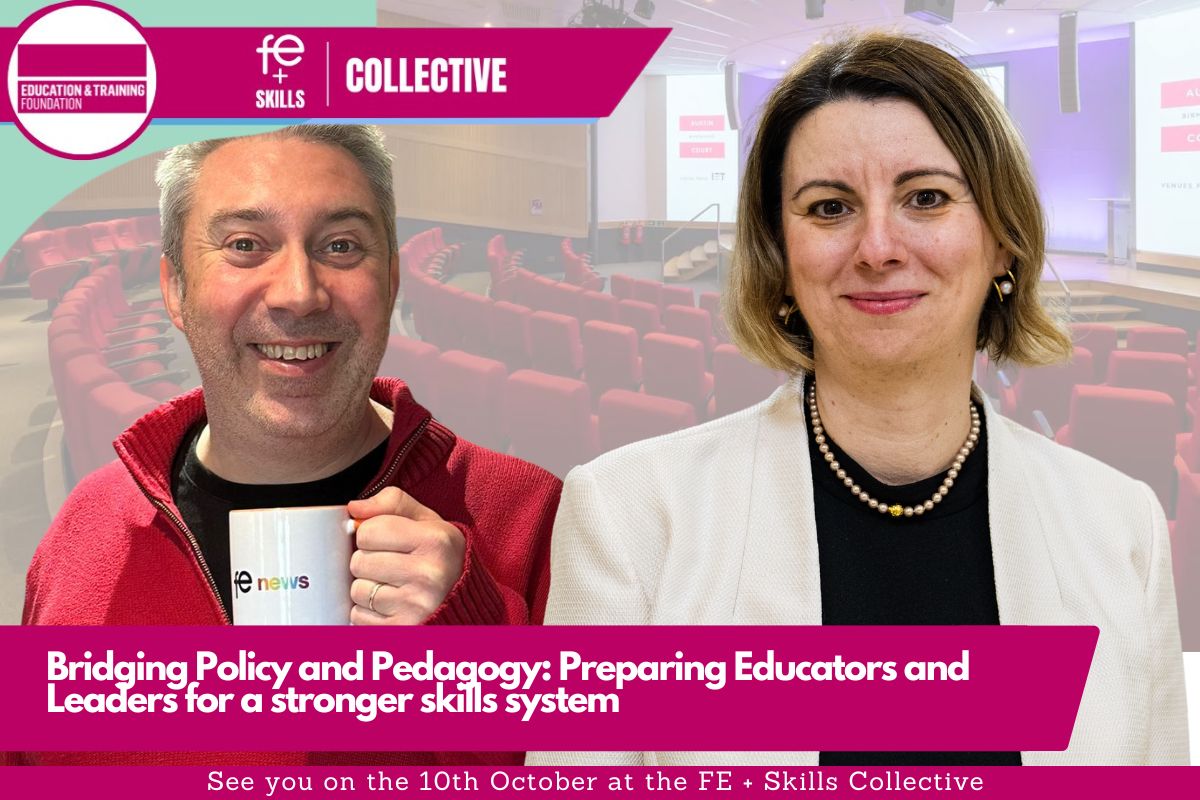What Will Students Create Following Industry 4.0?

In 2011, we ignited The Fourth Industrial Revolution, scientifically known as Industry 4.0. Throughout history, every industrial revolution has focused on a key area of development. Industry 1.0 introduced mechanization, Industry 2.0 focused on mass production, and Industry 3.0 unveiled digitalization. However, digitalization ceased in 2002. Since, we have refined our technological resources – optimizing them to reach peak performance time and time again.
However, Industry 4.0 is here to take technology to the next level – introducing newly sophisticated automation driven by artificial intelligence and integration of cyber-physical systems throughout supply chains. On top of that, interconnectivity will be able to optimize manufacturing systems using real-time data and sensors.
Essentially, Industry 4.0 will allow manufacturers to rapidly respond. This will be possible as a result of smart manufacturing – the use of data intelligence to drive change.
As stated by Mariette DiChristina, the Editor-in-Chief of Scientific American and Chair of the Emerging Technologies Steering Committee at the World Economic Forum, “Technologies that are emerging today will soon be shaping the world tomorrow and well into the future.” Knowing this, it will be our students shaping our future reality.
Industry 4.0 will need smart individuals to assist in communication, creation, and automation. Plants, warehouses, machines, and more will transition into using big data and machine learning, and smart machines will begin collecting and analyzing data rather than humans. If just one important portion of the data is missing, it breaks the digital thread and the flow of data stops. Data quality will be so important in the future because it helps companies quickly locate and respond to problems through an organization-wide network.
You can expect major changes in our industrial means by 2025. By then, the market for big data and industrial IoT will grow to nearly $1.2 trillion. In the meantime, educators continue to prepare students with the sharp STEM and soft skills needed to master the future job market. Our students are our future. What may they create in the next 5 years?











Responses